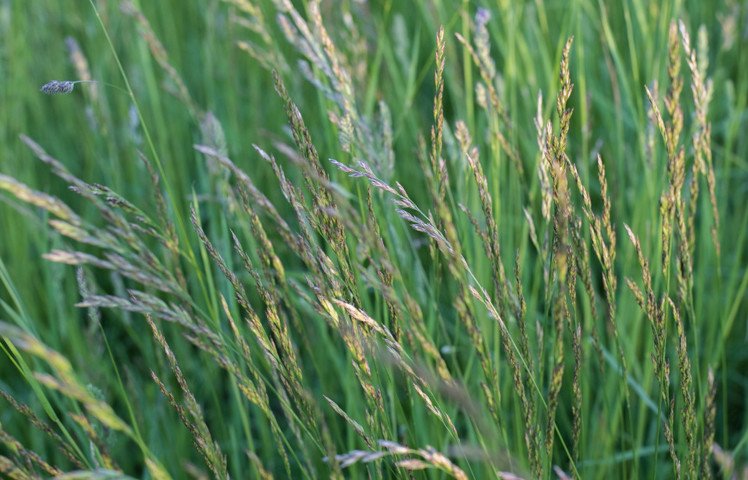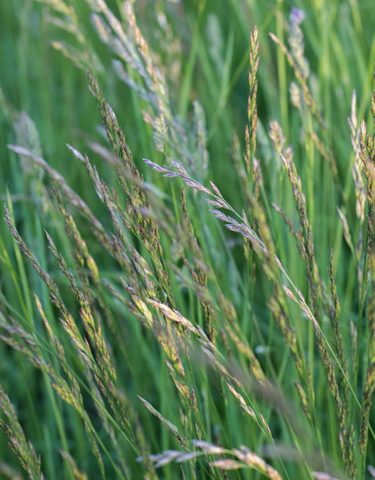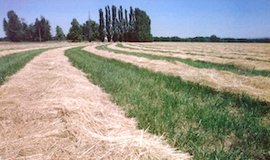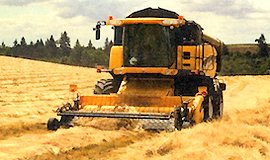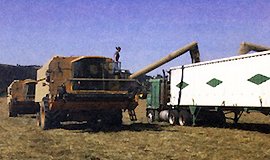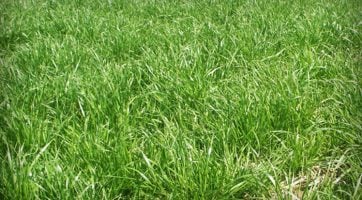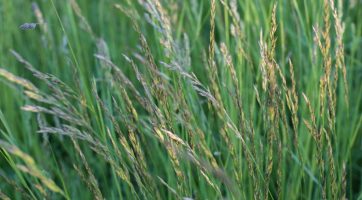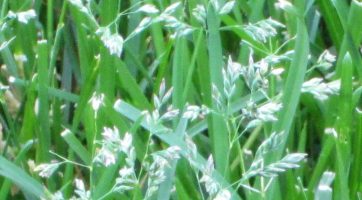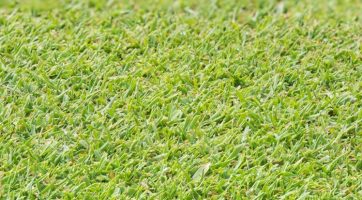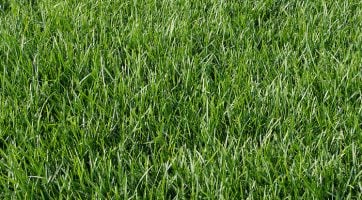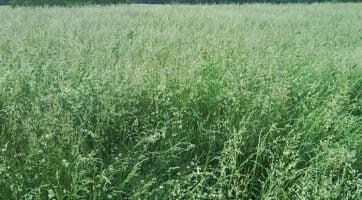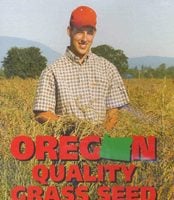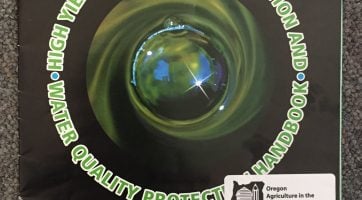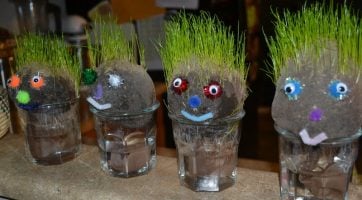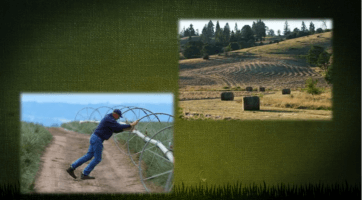Seed Certification
After cleaning, the seed is bagged and sampled for germination and purity. The price a farmer gets for the crop depends on how well the new seeds grow and if it contains any weed seeds. The definition of a weed is any plant where it is not supposed to be. So, if the crop is suppose to be ryegrass and the test shows Orchardgrass, then it has a lower value.
Many growers use the Seed Certification Service at Oregon State University or other private labs to test their seed. The certification program helps assure buyers the seed they buy is of a high quality. To meet certification standards, a grower’s field must pass a seedling inspection, a crop inspection prior to harvest, and cleaned seed must meet germination and purity requirements.
A seed certification service inspects fields to evaluate if seed is genetically pure. The grass must be planted in rows so inspectors can easily check for weeds. These inspections are timed so off-type seeds, other crops and weed contamination, can be easily detected. The inspector looks for evidence of volunteer plants, weeds or other problems that could cause problems in the genetic purity of the seed. Before each harvest, the crop is again inspected, usually when the plants are in the final stages of seed formation.
Certain harvesting practices must be followed to meet certification standards. If there are strips along the edges of a field that could be contaminated genetically by nearby fields, these must be harvested separately and seed lot records must be maintained for each lot. These isolation strips can only be sold as less profitable uncertified seed. Field equipment must also be cleaned when fields of different growers are harvested.
Finally, a sample from each harvested seed lot is tested for germination and mechanical purity by visual inspection.

The label on the package of seed lists the type of seed it contains, the germination rates, and the origin

